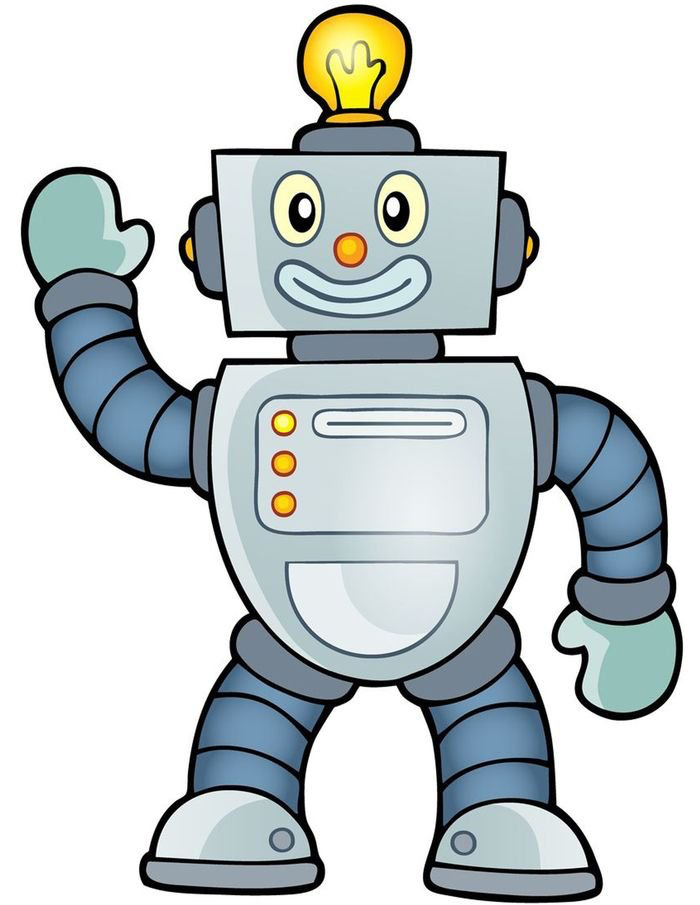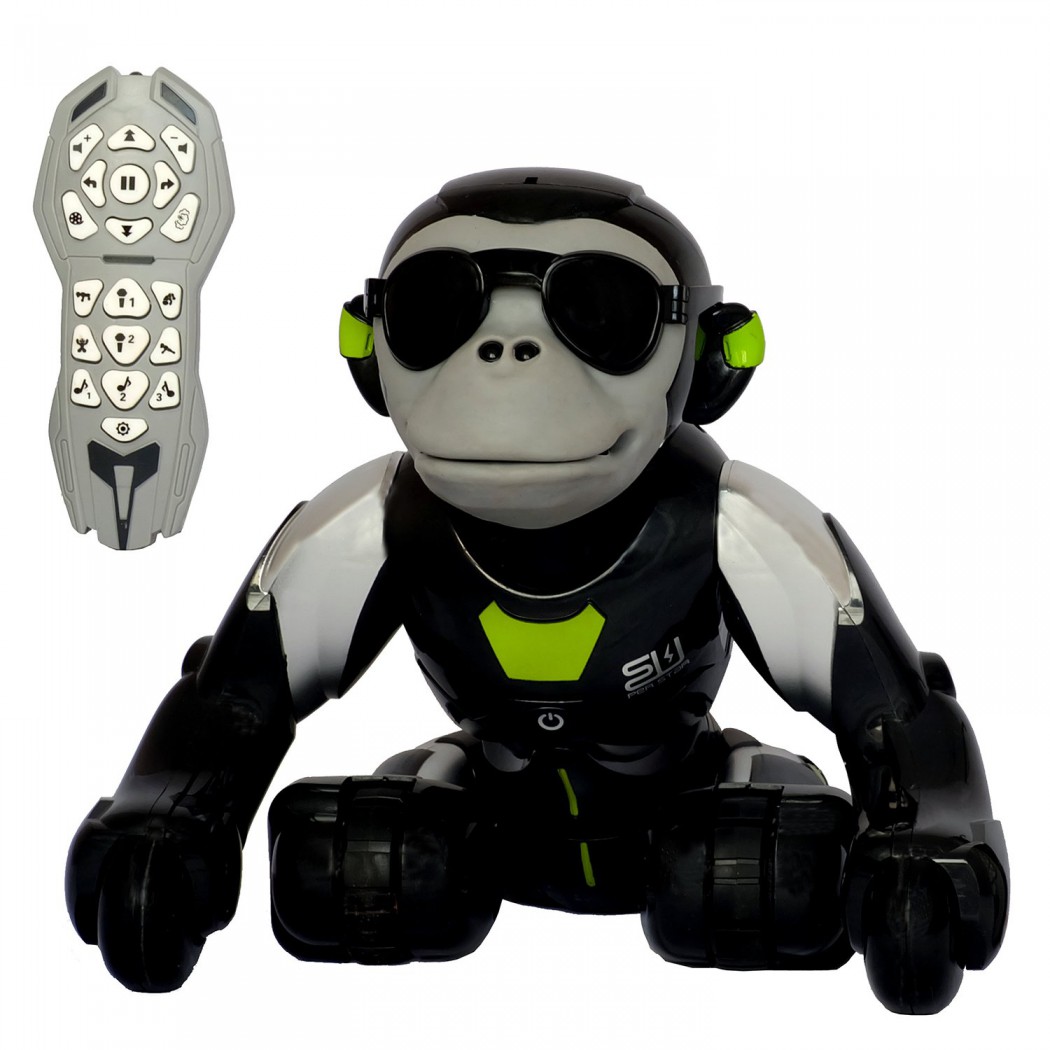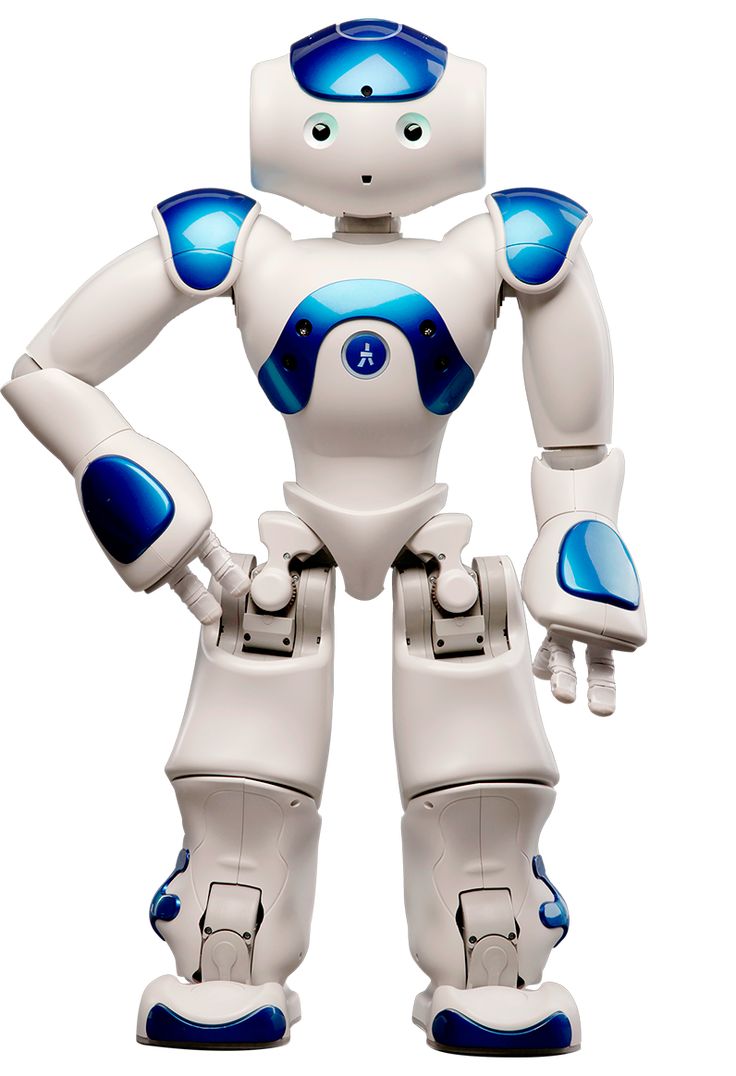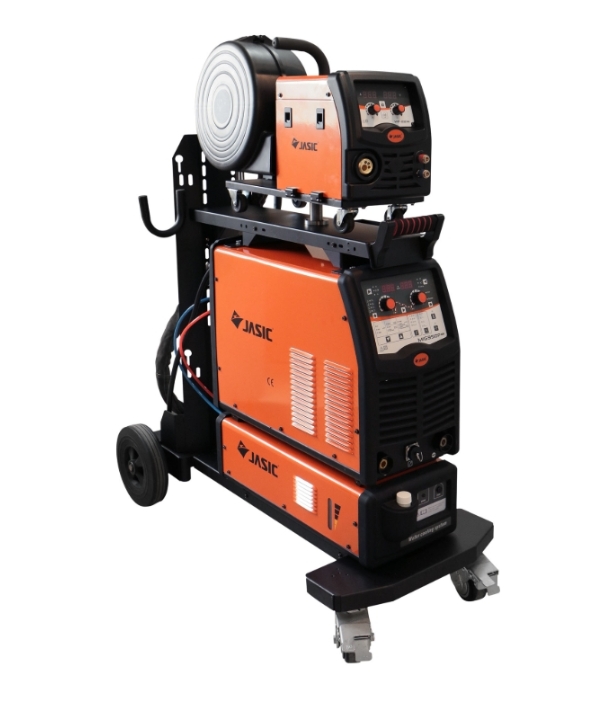Researchers have pioneered a groundbreaking solution in oceanic research with the development of a sophisticated robot capable of sorting, manipulating, and identifying microscopic marine fossils. Dubbed Forabot, this cutting-edge technology promises to revolutionize the tedious process integral to advancing our comprehension of the world's oceans and climate.
"The beauty of this technology lies in its utilization of relatively inexpensive off-the-shelf components, coupled with the development of an open-source AI software," explained Edgar Lobaton, co-author of the project and assistant professor of electrical and computer engineering at Northern State University, Carolina. "Our aim is to democratize access to this tool, enabling researchers worldwide to leverage it for furthering our understanding of oceans, biodiversity, and climate."
Forabot, a fusion of robotics and AI, adeptly handles the manipulation and examination of foraminifera, minute organisms crucial to paleooceanography. Foraminifera, unicellular testaceous creatures from the protist group, have inhabited the oceans for over a hundred million years. Upon their demise, they leave behind minuscule shells, often no larger than a millimeter. These shells serve as invaluable indicators of past oceanic conditions, offering insights into environmental characteristics and historical climate data.
Despite their significance, evaluating these shells and fossils has traditionally been laborious and time-intensive. Recognizing this challenge, a multidisciplinary team of engineers and paleooceanographers developed Forabot to automate the painstaking process.
"Presently, Forabot can discern six distinct types of foraminifera and process up to 27 shells per hour," Lobaton stated. "While this prototype is impressive, our aim is to broaden its capabilities to identify and process additional foraminiferal species, thereby increasing efficiency. Moreover, Forabot boasts an impressive recognition accuracy of 79%, surpassing the capabilities of many trained individuals."
Tom Marchitto, co-author of the project and professor of geological sciences at the University of Colorado, emphasized the transformative potential of Forabot. "Once optimized, this tool will prove invaluable in research endeavors, allowing students to allocate their time more effectively towards mastering complex skills. By harnessing community taxonomic knowledge to train the robot, we can enhance consistency in foraminifera identification across various research groups."
In essence, Forabot heralds a new era in oceanic research, where cutting-edge technology and collaborative efforts converge to unlock the mysteries of our planet's past, present, and future.














